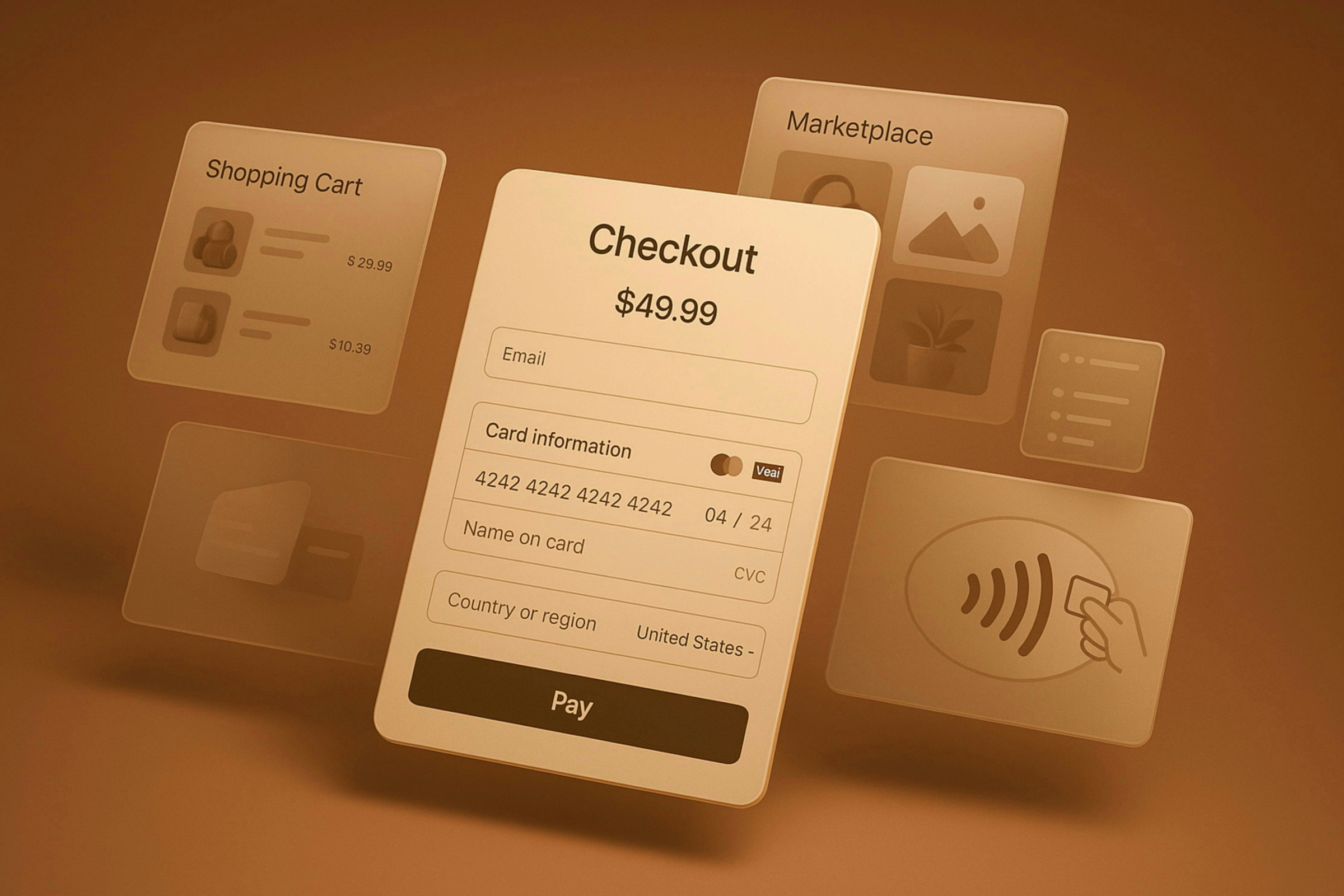Why Advertorial Pages Might Be Your Store’s Secret Conversion Weapon
Some brands are making serious money simply because they’ve figured out how to turn a basic page into a silent salesperson working 24/7. And the secret? Advertorials that sell without pushing.
In this guide, we’ll show you how to build advertorial pages that connect deeply with your audience, turn cold clicks into warm buyers, and outperform traditional landing pages across every key metric.
And this isn't a theory. We’ve seen this strategy account for over 30% of sales in recent A/B tests with our clients. Let’s break it down.
What’s the Difference Between a Landing Page and an Advertorial?
Before we dive into how to build one, it’s essential to clarify what sets advertorials apart from landing pages, as they serve distinctly different purposes.

A landing page is like a digital sales rep that gets straight to the point. It’s built to drive action fast. It usually includes a headline, a few benefit-driven bullet points, and one strong CTA (Call to Action). This works well if the person already knows your product or has shown interest before (warm traffic).
An advertorial, on the other hand, is like a friendly conversation. It starts with a relatable situation or question, walks the reader through a story, and introduces the product as part of the solution. It doesn't sell immediately—it warms up the reader, builds trust, and leads them to a decision naturally.
Think of it this way:
- Landing page = “Buy now”
- Advertorial = “Here’s something that might help you. Want to learn more?”
This is why advertorials are so effective with cold traffic—people who are just discovering your brand for the first time.
And the data backs this up:
- +10.31% lift in Conversion Rate
- +10.99% in Revenue per Visitor
- +9.52% boost in AOV
No change in product. No change in traffic. Just a different approach.
Why Advertorials Work So Well With Cold Audiences
When someone clicks your ad for the first time, they’re not ready to buy. They’re curious at best and skeptical at worst. Jumping straight to a landing page can feel too abrupt. That’s where most brands lose the sale.
Advertorials meet the customer where they are: in the research and exploration phase. Instead of pushing the product, they start with storytelling, relatable problems, or discoveries. This lowers resistance and builds credibility.
By the time your offer appears, the reader feels informed and emotionally aligned. The buying decision becomes easier because it feels like their choice, not yours.
The 4 Core Pillars of High-Converting Advertorials
High-performing advertorials aren’t built by chance; they follow a proven framework rooted in psychology and copywriting.
These four pillars act as the foundation for persuasive storytelling that resonates with cold audiences and leads them to action without triggering resistance.
Each one plays a critical role in guiding attention, building trust, and setting the stage for conversion. Let’s take a closer look at each pillar and how it works in practice.
1. The Avatar
You need to know exactly who you’re talking to.
Surface-level demographics won't cut it. You need to understand:
- What they fear
- What they’ve tried (and failed)
- What language do they use
- Which objections are holding them back
When your copy makes them think, “This person gets me,” you're halfway there.
2. The Problem
Start with tension, not solutions.
Paint a vivid picture of the problem your customer is living with. Then escalate it:
- Why it’s getting worse
- What causes are being ignored
- What’s at stake if nothing changes
And finally, introduce your product as a form of hope, not a hard sell.
3. The Product
Don’t pitch. Let the product emerge naturally in the story.
Use storytelling, not a sales tone:
- Show how the product was discovered
- Use the third-person perspective when possible
- Emphasize transformation over features
The product should feel like the obvious next step in solving the problem.
4. The Conversion
Advertorials aren’t about aggressive CTAs. They guide the lead to the next natural step.
Based on awareness level:
- For skeptics: use investigative-style CTAs
- For curious leads: use “discovery” CTAs
- For warm leads: go direct
Examples:
- “See how it works.”
- “Discover what she found.”
- “Watch the free video.”
Test multiple CTAs. Each one gives insight into what your audience needs to take action.
Want to Dive Deeper?
We’ve got a full video on this topic on our YouTube channel.
Our CEO, Igor Silva, breaks down real examples, the psychology behind advertorials, and what makes them work in 2025.
Watch the video here:
A 5-Stage Framework to Build Winning Advertorials
Creating a high-converting advertorial is not just about writing compelling copy — it's about following a strategic process that blends research, structure, storytelling, and testing.
These five stages help transform scattered ideas into focused, data-driven narratives that connect and convert. From in-depth audience insights to precise copy angles and optimization techniques, this framework gives you a repeatable system to scale your results and refine your message with each iteration.

Stage 1: Deep Research
Study your current pages and your audience. Use ChatGPT or interviews to uncover objections, motivators, and language.
Stage 2: Essential Docs
Create a:
- Customer Profile
- Offer Brief
- List of "Necessary Beliefs" your buyer needs to accept before converting
Stage 3: Benchmark
Study top-performing advertorials in your niche. Don’t copy the words; decode the structure, angles, and narrative flow.
Stage 4: Write
Use a proven format:
- Hook + Problem + Story intro
- Solution + Proof + CTA
Pick one dominant angle (investigation, transformation, etc.) and write in two parts. Review, refine, and stay sharp.
Stage 5: Test & Optimize
Check alignment with your research docs, audience, and goals. Then launch A/B tests with variations in hook, CTA, and angle.
The goal: same product, different angles, optimized for different segments.
Final Thoughts
Advertorials aren’t soft LPs; they’re persuasive journeys disguised as stories. They create resonance before asking for action. And that’s why they convert better.
Every winning advertorial follows 4 principles: it knows the audience, builds tension around the real problem, introduces the product with subtlety, and uses CTAs that match the buyer’s state of mind.
If you’re running paid traffic and your product sells above $50, building advertorials might be your biggest growth lever.




.jpg)



